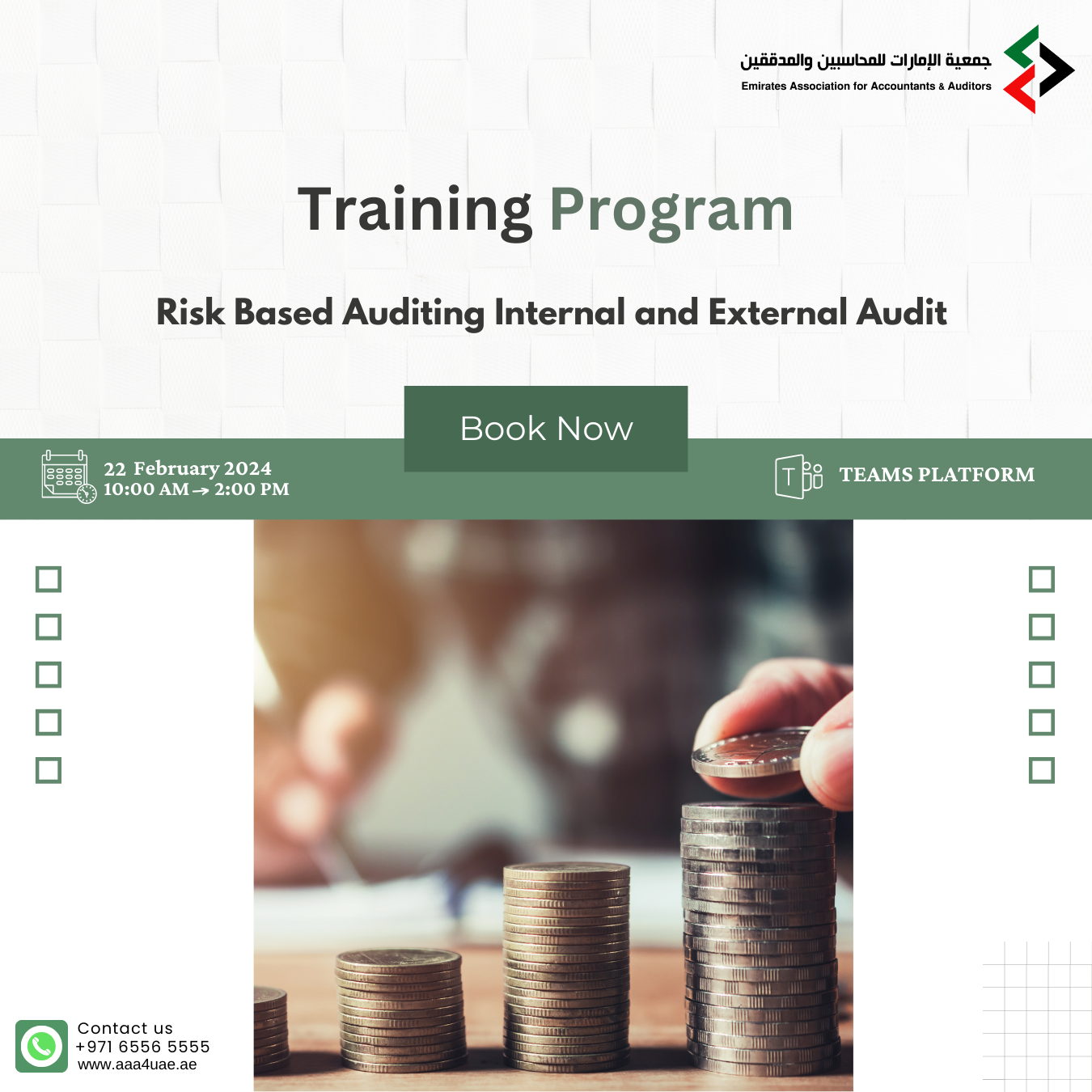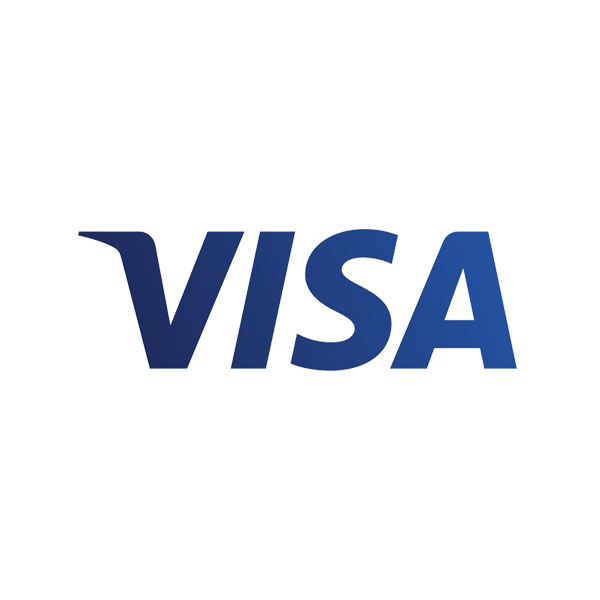Risk based auditing Internal and External audit
4 Hours, 22 Feb 2024, 10:00 AM-2:00 PM
Risk based
auditing internal and external audit
General Objective: The
general objective of the Risk based auditing internal and external audit is to
provide auditors with a structured framework to assess and manage audit risk
effectively during the audit process. It helps auditors make informed decisions
about the nature, timing, and extent of audit procedures to reduce audit risk
to an acceptable level.
Sub-Objectives:
- Understanding
Audit Risk:
- Define and explain the concept of
audit risk.
- Recognize the inherent uncertainty
and complexity in financial statement audits.
- Components
of Audit Risk:
- Identify and understand the three
components of audit risk: inherent risk, control risk, and detection
risk.
- Explore how these components
interact to determine the overall audit risk.
- Assessing
Inherent Risk:
- Learn how to assess inherent risk
by evaluating the nature of the entity's business, industry, and external
factors.
- Understand how management's
judgments and estimates can affect inherent risk.
- Evaluating
Control Risk:
- Examine the entity's internal
controls and their design and effectiveness.
- Determine the level of reliance
that can be placed on internal controls to reduce detection risk.
- Managing
Detection Risk:
- Understand how detection risk is
the risk that audit procedures will not detect a material misstatement.
- Plan audit procedures to manage
detection risk, considering the assessed inherent and control risks.
- Integration
of Components:
- Explore how auditors integrate the
assessments of inherent risk, control risk, and detection risk to
determine the acceptable level of overall audit risk.
- Materiality
and Audit Risk:
- Discuss the relationship between
materiality and audit risk.
- Determine how materiality
thresholds influence the audit procedures and reporting.
Course Outline:
A comprehensive course on the Risk based auditing
internal and external audit may include the following topics:
- Introduction
to Audit Risk:
- Overview of audit risk and its
significance in the audit process.
- Components
of Audit Risk:
- Detailed explanation of inherent
risk, control risk, and detection risk.
- Assessing
Inherent Risk:
- Factors influencing inherent risk.
- Assessing inherent risk based on
industry and entity-specific factors.
- Evaluating
Control Risk:
- Understanding internal controls and
their role in managing risk.
- Assessing control risk and reliance
on controls.
- Detection
Risk and Audit Procedures:
- Detection risk and its relationship
with the nature, timing, and extent of audit procedures.
- Planning and executing audit procedures
to manage detection risk.
- Integration
of Components:
- Bringing together assessments of
inherent risk, control risk, and detection risk.
- Determining the overall audit risk.










